I almost wasn't going to write this story until I read a piece from Bloomberg that made it clear to me we were truly in the soup. The relevant paragraph is here:
On the face of it, it doesn't seem like much. But if you know the history of this crisis, it's very disturbing indeed.
Banks and investors who are losing money on the record $1.7 trillion of high-yield, high-risk loans made in 2006 and 2007 are charging borrowers an average of 1.64 percentage points more in interest to amend borrowing agreements and avoid default, according to Standard & Poor's. That's the highest since 1997 and almost eight times more than the first half of last year.
The break in the credit markets came first in the market for leveraged loans. These are loans made to companies that already have a lot of debt so there is very little capital backing them up - hence the leverage. The secondary market for leveraged loans was actually a pretty quiet place until July-August of 2007 when it just blew up. It was, Wall Street later told us, the financial equivalent of a 500-year flood. The first levee-breaks at the end of July 2007 was taken to be the first sign that subprime mortgage loans were destabilizing the credit markets.
But hang on, what's the connection between loans to companies and mortgages to people with poor credit? Well, the explanation that came out of Wall Street - very quickly - was that losses in the subprime market were forcing banks to reign in their lending and so they started this reigning-in in the leveraged loan market. The economy was doing well. The companies were sound. It was a credit crisis in another place that was causing the trouble in these loans. We didn't know that could happen. Interesting
First, Wall Street told us of a global market for debt. Then they admitted that the labyrinth of mutual bets the banks all made with each other in the derivatives market - particularly the Credit Default Swap market - made it so that trouble in one area of credit could quickly go to another. Then the story got wonkier. It was all about "mark to market accounting" which had been a very good thing the industry was pushing governments to adopt but was now a very bad thing the government was forcing on them. Wonkier still, they admitted that "actively-managed balance sheets" were moving credit losses from one area of business to another. In retrospect, they came up with all of it a little too fast. It should have struck me how quickly came the explanations, all supporting the story about how German banks were being sunk by California mortgages because we have all been made one big, happy family, by - yes, over-exuberant and certainly geeky, but business-sound - financiers....except that American mortgage borrowers are a bunch of deadbeats and ruined everything. I should have been even more skeptical and - given the people telling the story - even more cynical
Now it turns out that these maniacs in the financial industry were not only setting records in mortgage lending and derivatives, they were also setting records in risky loans to businesses. It's now becoming clear that the crash in the leveraged loan market has had quite a little bit more to do with the underlying soundness of those businesses than their banks first admitted. It looks like leveraged loans were the Business Class version of subprime.
If so, that's that. We're screwed. And I think it's so.
The only saving grace is that because these loans were made to businesses with plenty of lawyers and accountants, there was probably a lot less outright fraud than there was in the mortgage market. At the end of the boom, I'm not sure there were always even existing houses underneath some of the mortgages people wrote. We know for a fact they lent to dead people in some instances. It's harder to do that with a leveraged loan - but I'll bet they came as close as they could.
And I say we're screwed because it looks like - on top of all the other insanity - the genius-idiots of The City and Wall Street loaded up our most economically-sensitive businesses with piggy-back debt they were at pains to repay in good times. This assures us that as soon as the real economy turns down significantly, a wave of defaults from that supposed "500-year flood" will crash onto the financial sector. I had heard something about corporate loans having hurt one of the large banks recently in the news, but I thought it was a smokescreen for their mortgage losses. Now it looks likely they were getting killed by both mortgages and corporate loans.
And now so are we all.
May you live in interesting times


3 comments:
Do you have a Private mortgage insurance (PMI) policy? If you do your PMI insurer has passed along their risk by buying a credit default swaps (CDS) to protect them in the event you have your home that your home is taken away from you. CDS and PMI are the same thing. Make people wanting to buy a home put at least 20% down if you don't like them. nomedals.blogspot.com
Thanks for the comment.
I'm well aware of what CDS are and how they work. The point of the article was that Wall Street used the CDS argument to cover up bad lending to corporations.
As a completely and totally separate matter, CDS and PMI are by no means the same thing. PMI is a claim on a capital pool. CDS are a market trade subject to cliff effects and netting effects.
Post a Comment